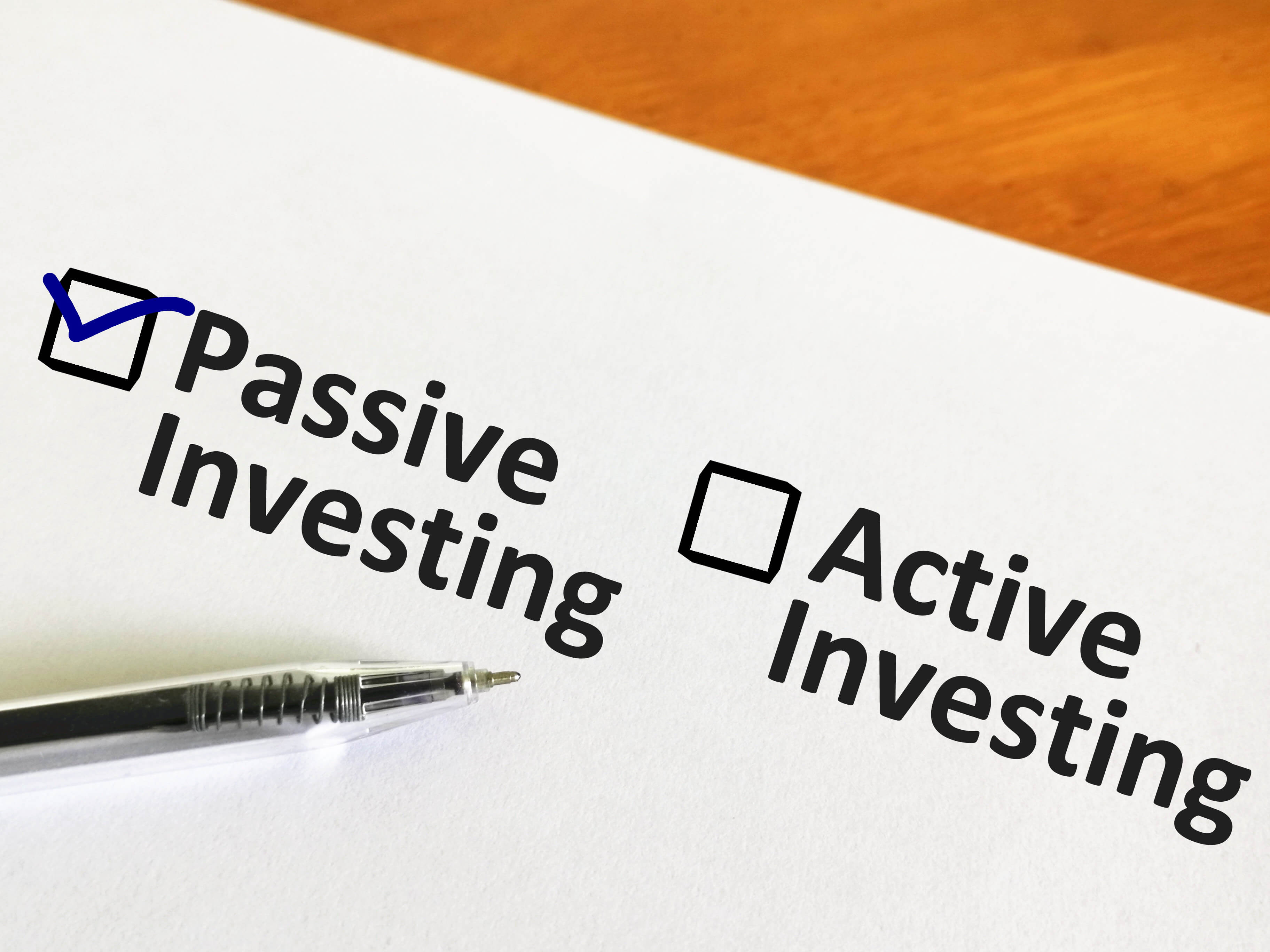Passive Trading 5/15 Rule
Capital appreciation is the rise in the market value of an investment and also referred to as the difference between purchase price and selling price. For example, as an investor, you have bought a stock of £10 and a stock price increase to £12, which means there is a £2 rise in capital appreciation. Some of the investments best for capital gains include stocks, commodities, exchange-traded funds (ETFs), mutual funds, and real estate.
Risk management is a key aspect of investing and ensures that an investor has a solid plan that tries to minimizes the risks of financial loss. The two most common approaches to investment are ‘Active Trading’ and ‘Passive Trading.’ The active trading from the name implies a strategy where the traders are focused on short term goals and want to make money fast by constantly trading.

Course name
Start trading

This content available only for register client
Passive Trading 5/15 Rule
Capital appreciation is the rise in the market value of an investment and also referred to as the difference between purchase price and selling price. For example, as an investor, you have bought a stock of £10 and a stock price increase to £12, which means there is a £2 rise in capital appreciation. Some of the investments best for capital gains include stocks, commodities, exchange-traded funds (ETFs), mutual funds, and real estate.
Risk management is a key aspect of investing and ensures that an investor has a solid plan that tries to minimizes the risks of financial loss. The two most common approaches to investment are ‘Active Trading’ and ‘Passive Trading.’ The active trading from the name implies a strategy where the traders are focused on short term goals and want to make money fast by constantly trading.
Active trading may bring significant profits but there as an equal probability of considerable losses as well. The passive trading, on the other hand, is a long term strategy where an investor makes a plan, invests, and then waits for a potential gain in the future.
Passive Trading
Passive trading, also known as passive investing, that focuses on a strategy of buying and holding an investment for a longer duration of time rather than participating in frequent trades. Passive investing is quite popular among the long-term investors who want to sit back and capitalize on the upward trend of the market. There is also the advantage of low transaction costs due to low frequency of trade.
The core feature of passive trading is maximizing gains with minimal buying and selling. It is a classic ‘Buy and Hold’ strategy where investors avoid frequent trade and rely on steady market increases that allows the value of the asset to potentially grow with time. Some good passive investment options that can be included in the portfolio are index funds, ETFs, and mutual funds. The passive funds spread across a variety of individual holdings as opposed to single securities such as stocks and bonds.
The Difference between Active trading vs. Passive Investing
Both passive and active trading are types of investing strategies but polar opposites when it comes to buying and selling techniques. The active traders believe in constant trading and availing every opportunity they can get. On the contrary, passive traders believe in the steady growth of the market in the long run.
The advantages of passive trading include low transactional cost, and transparency while trading. The weaknesses of passive trading include little variety among investment options and small potential returns. The advantages of active trading are larger potential returns, flexibility, and hedging the bets using put and short selling options. The downside of active trading is high transaction costs and quite risky.
| Active Trading | Passive Investing |
|---|---|
|
|
The 5/15 Rule in Passive Trading
One of the popular methods of investment with lower risks includes the strict ‘5/15 rule’. The 5/15 risk management rule is used to represent the investment percentage in a single trade as compared to the investment percentage of the entire investment portfolio. For example, if you have £10,000, according to 5/15 rule, you can risk up to 5%, which means risking £500 for any single trade and up to £1500 of the entire portfolio.
In simple words, if an investor risks £500 (5%) in a single trade, at the same time, he has the option to open two more trades at an additional risk of (10%) meaning £500 for each of the two trades. However, the total risks of all the open positions must not exceed 15%.
Passive Forex Trading
The active and passive strategies are effectively used in the stock market to gain potential profit, but both can be used to good measure in all markets as well. Investors are always looking for opportunities that generate profit, and passive trading can be a good option for beginners. There are three main tools that can helps passive trader:
- Trading Idea (Signals)
A trading idea represents a short piece of information that can help new trader to know which currency pair to trade and when. The signal may give indication to the traders for a particular time that is feasible to enter and exit a trade. The two signals include a ‘Buy’ or ‘Sell’ signal, but it depends on the order, which can be a market, limit, or pending order.
- Copy Trading
The ‘copy trading’ is a form of passive trading where the traders share information on the trades they are making and let other traders mimic or copy them, hence the term ‘copy trading,’ which is also called ‘social trading.’ The amateur traders can copy the position of an experienced trader.
For example, in copy trading, you attach your profile with an experienced trader. When the trader opens or closes a trade, your profile will also open and close similarly. You can copy the market positions and actions in the Forex market. The best thing is that you can learn the tricks and see how an experienced trader makes the trade. However, you must first find a reliable trader whose trades you can copy.
- Forex Robots
The most passive way to trade is by using ‘trading robots,’ which consists of program code, and automated trades are done on your behalf. It requires minimum effort, and you only need to define take profit, acceptable risk level, and stop-loss size, but you should also oversee the market yourself.
To make a trade at a specific time, an in-built algorithm is programmed in the trading robot, and then the robot will trade at the predefined signals. When the predetermined market conditions occur, the robot will directly open or close the trade.
The information above is for education purposes only and cannot be considered as investment advice. Past performance is not reliable indicator of future results.



